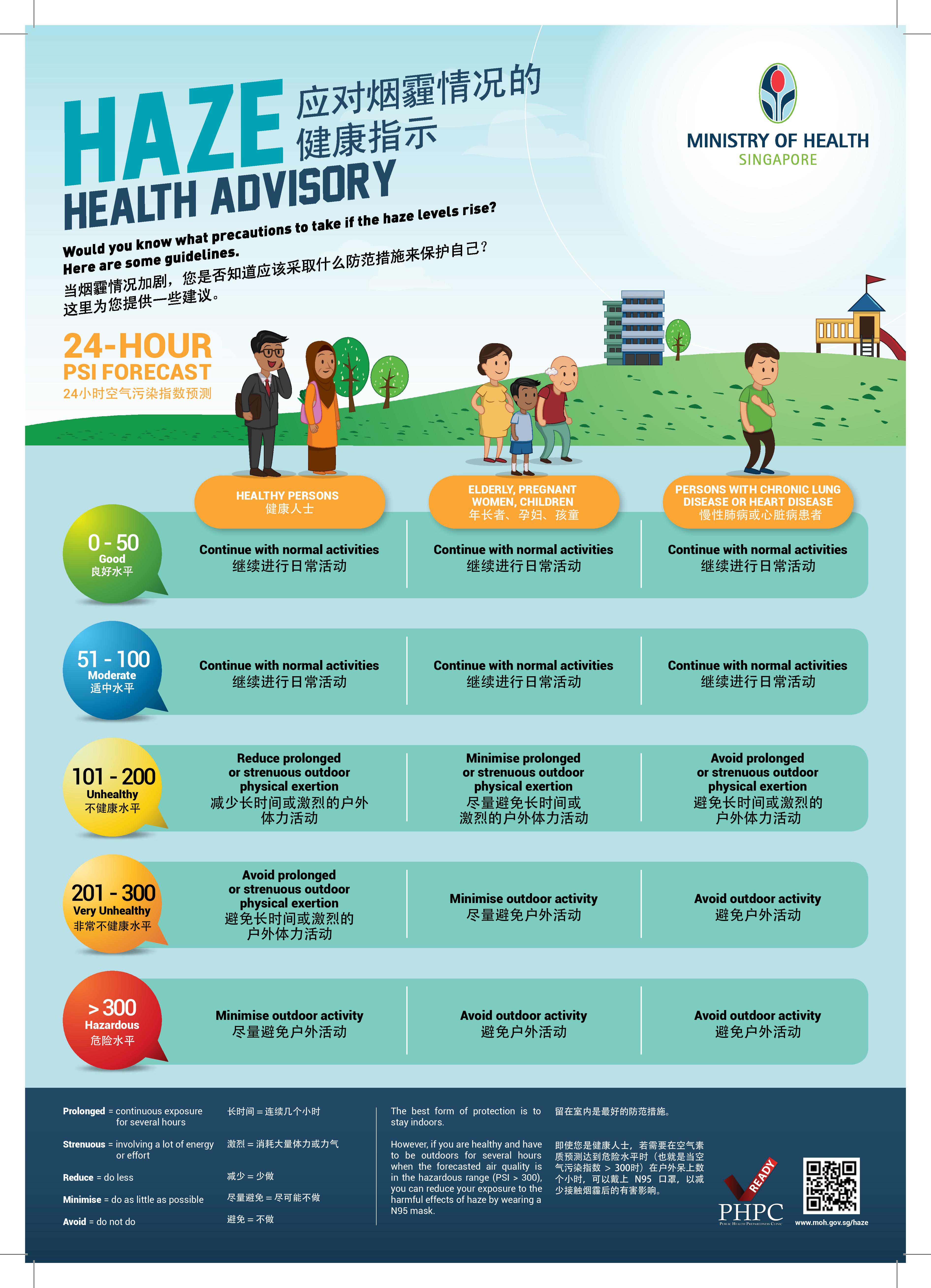Share: aqicn.org/scale/
The table below defines the Air Quality Index scale as defined by the US-EPA 2016 standard:
| AQI | Air Pollution Level | Health Implications | Cautionary Statement (for PM2.5) |
| 0 - 50 | Good | Air quality is considered satisfactory, and air pollution poses little or no risk | None |
| 51 -100 | Moderate | Air quality is acceptable; however, for some pollutants there may be a moderate health concern for a very small number of people who are unusually sensitive to air pollution. | Active children and adults, and people with respiratory disease, such as asthma, should limit prolonged outdoor exertion. |
| 101-150 | Unhealthy for Sensitive Groups | Members of sensitive groups may experience health effects. The general public is not likely to be affected. | Active children and adults, and people with respiratory disease, such as asthma, should limit prolonged outdoor exertion. |
| 151-200 | Unhealthy | Everyone may begin to experience health effects; members of sensitive groups may experience more serious health effects | Active children and adults, and people with respiratory disease, such as asthma, should avoid prolonged outdoor exertion; everyone else, especially children, should limit prolonged outdoor exertion |
| 201-300 | Very Unhealthy | Health warnings of emergency conditions. The entire population is more likely to be affected. | Active children and adults, and people with respiratory disease, such as asthma, should avoid all outdoor exertion; everyone else, especially children, should limit outdoor exertion. |
| 300+ | Hazardous | Health alert: everyone may experience more serious health effects | Everyone should avoid all outdoor exertion |
For more information about the pollutants included in the AQI scale, please refer to:
- PM2.5 instant-cast scale.
- Understanding PM10 vs PM2.5.
- Ozone (O3) AQI scale.
- Nitrogen Dioxide (NO2) scale.
For more information about AQI scales from other countries, please refer to:


